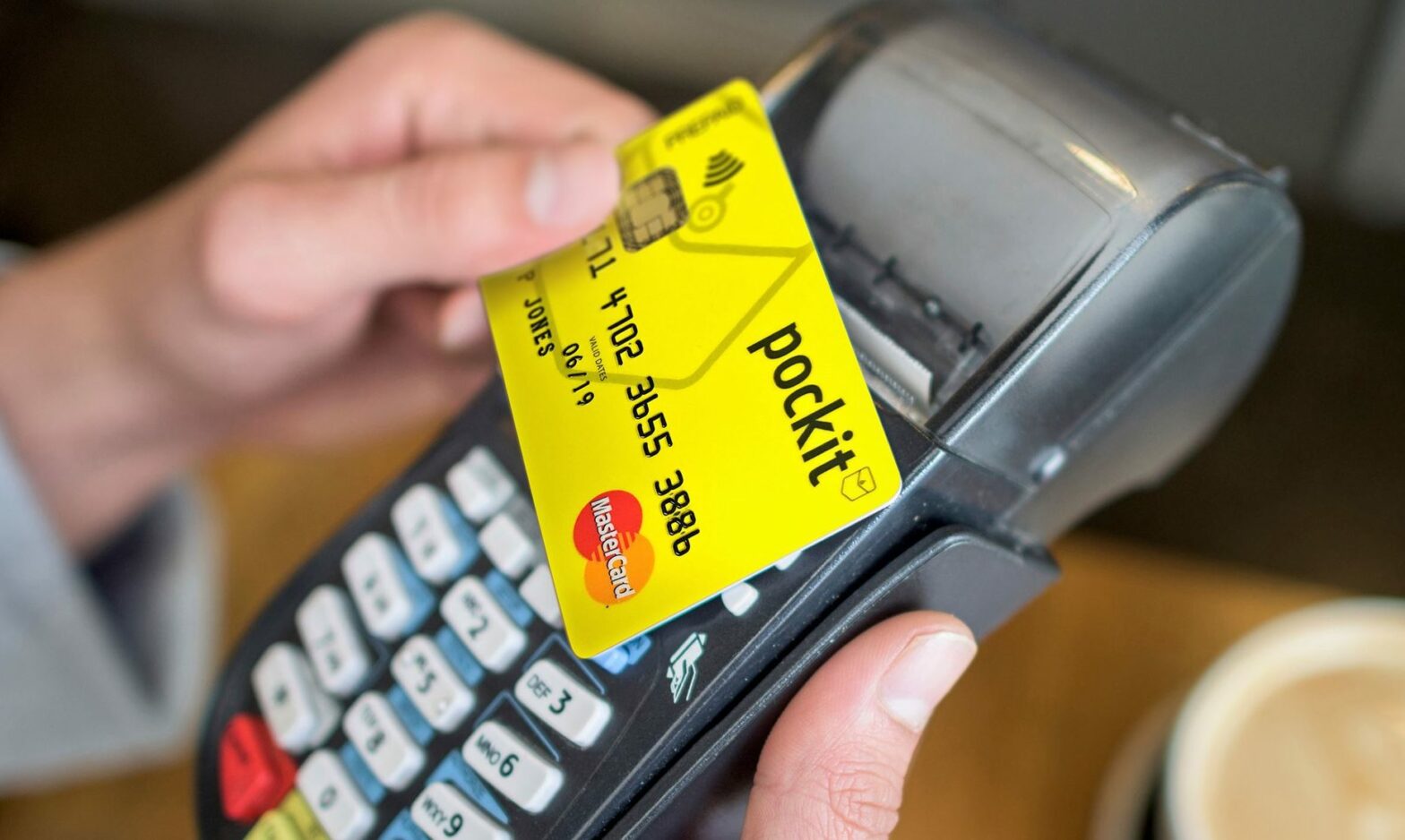Industry experts believe it has the potential to transform the way consumers pay for goods and services, using their mobile handset at the checkout rather than a credit or debit card.
The mobile phone industry hopes that in the not-too-distant future, the plastic in your wallet will become obsolete.
Near-field communications (NFC) is the technology that supports mobile transactions. Phone handsets with the NFC software already installed are available but the technology also relies on its uptake by retailers, who need to purchase NFC-enabled machines in order to accept mobile payments.
Technology research firm Gartner predicts that the number of mobile payment users could top 190 million by 2012, although so far take-up has largely been in the US. However, with the UK’s first commercial launch of mobile payments due in the second quarter of 2011 that could be about to change.
Mobile network Everything Everywhere and Barclays are teaming up to launch mobile transactions. They claim that over 40,000 high street stores are ready to accept contactless payments.
Card companies like MasterCard and Visa are also jumping on the bandwagon. Visa’s PayWave mobile payment system provides a microSD (secure digital) removable card, which can be inserted into the back of a phone that doesn’t have the NFC software installed. It works in conjunction with Visa’s PayWave downloadable app.
Mike Bielinski, CEO of Vodat International, which provides store communications to retailers in the UK, believes this type of technology will ‘energise’ the relationship between consumers and retailers.
‘Mobile commerce should be about the shopping experience and should work to create a better connected and more informed customer who feels more affiliated to a particular brand,’ he enthuses.






